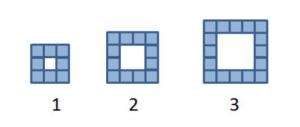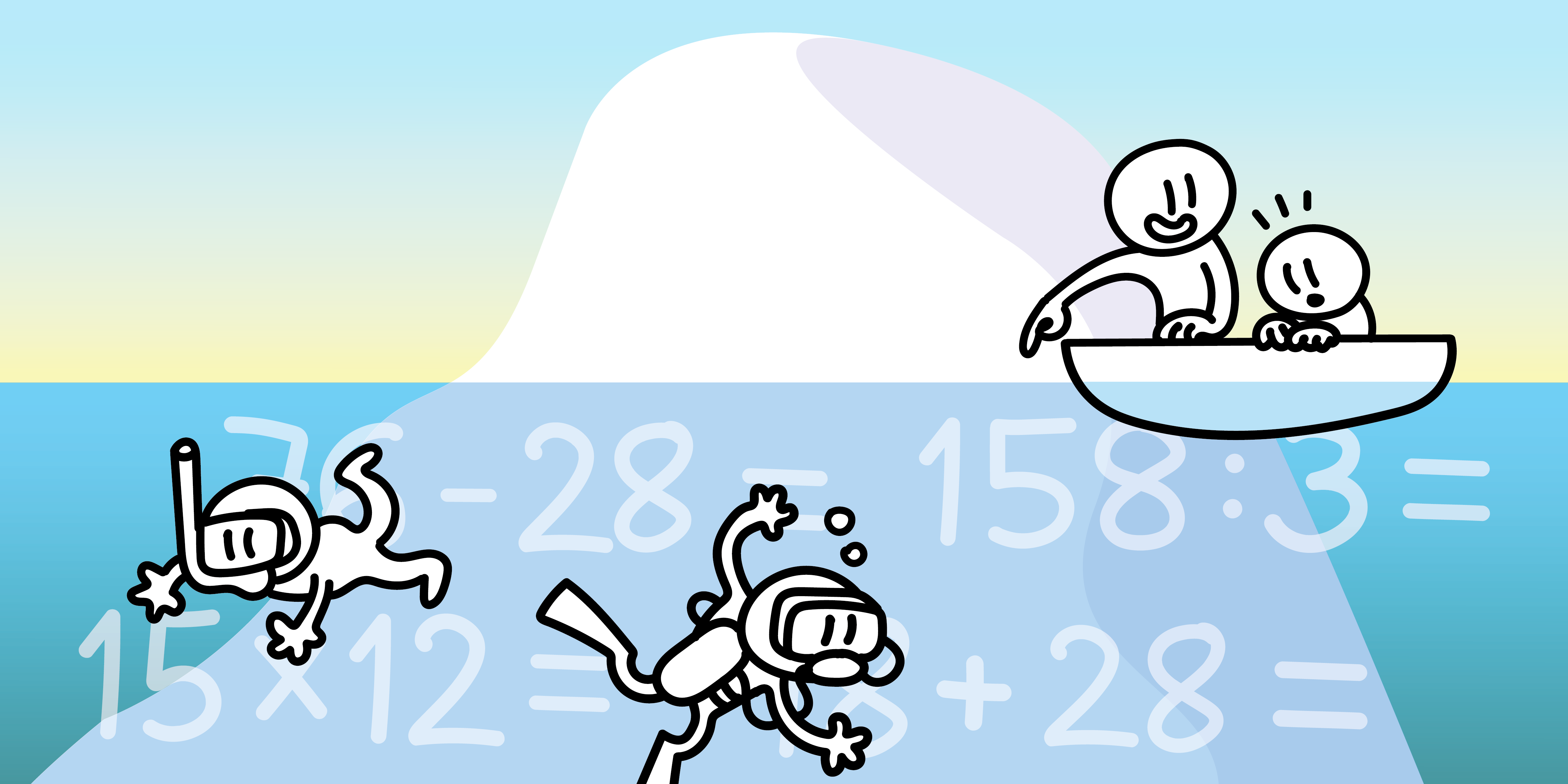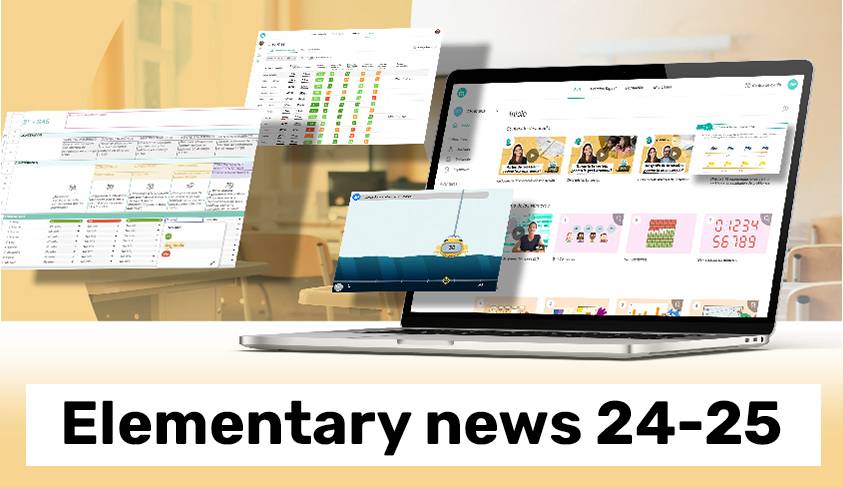Table of contents
Assessment of what the students have produced
In our daily teaching, we continuously generate, along with the students, favorable situations to collect evidence that allow us to assess formatively and also, if necessary, grade the learning.
In this article, we intend to show what students have produced and provide the reflections and observations that we can make based on this. It is precisely through giving students accurate feedback on tasks, that we can help them regulate learning and check what they have learned.
An Example of Assessment in the Classroom
We presented to a group of 7th grade students the first three images of a series and asked them: “How many squares will the fourth drawing have?” We ask them to work in pairs and we insist on, in addition to saying the number of squares, it is essential that they justify, in two different ways, the reasoning that led them to the answer.

The written work of the pairs is as follows:
Pair 1


They present the two different explanations which demonstrate how they answered the question and justify it. They know how to geometrically analyze the series (identify the square shape) and know how to describe what happens to each side and then repeat it 4 times. In the second explanation, they make a connection with numbers: they identify the square numbers. In addition, they find understandable forms of communication and representation.
Pair 2

These students also approach the problem from the difference between areas, like pair 1, but their representation has less detail and does not show any evidence of connection (they do not record the square numbers, for example).
Pair 3


In addition to the reasoning we have already seen from the other pairs, they add a new one: they divide the images into the 4 sides of the squares and count the squares on each side. In addition, it is understood that the corners must be subtracted because, with this procedure, they have been counted twice. They demonstrate an adequate level of problem solving, but this pair demonstrate a lower competency in communication and representation: for example, in the second image they use the word side to refer to the sides, which is correct, but also to refer to the vertices.
None of the pairs show evidence of being able to generalize, so we might doubt whether they have over-relied on counting the squares from the previous step (they know that the third image of the series has 16 squares and you only have to add 4 more).
We could help them go further by asking them: “How many squares would image 30 have? and image 50?” In an effort to get the students to generalize, we asked about steps 30 and 50 of the series, which are too far from the first images to follow a counting strategy.
How do we use a task for grading?
If we wanted to grade this task, we could consider the observations we have commented on and assign a level of acquisition to each pair. If a teacher wanted to grade in 4 levels, they could say that the first pair demonstrates remarkable acquisition in communication and representation, problem solving, and reasoning and proof. Some more evidence would be needed to grade the process of making connections.
The other pairs know how to answer the initial question and then look for ways to justify it, without much success. They all know that there are 20 squares, 4 more than in the third image of the series, but they do not show evidence of knowing how to analyze the images geometrically, nor numerically.
Pair 4

Pair 5

Pair 6

In these cases, we should ask the students questions to help them break down the problem into parts: “What geometric shape do all the images have?”, “What elements of the square can you identify?”, “What is different about each step of the series?”.
At the moment, the students do not show a satisfactory acquisition of the competencies: they do not clearly relate the drawings they produce with the images of the series; they do not represent them in an understandable way, and it seems that they try to justify the count without finding the geometric or numerical connection, since they know that the next shape will have 20 squares because they are able to count them, but they do not show any other reasoning or pattern observation.
Before asking the students to generalize, they should be able to reason and analyze the series in these first images.
Social-emotional Skills in the Assessment

In the case of pair 7, we see an example in which it is probably their social-emotional skills preventing them from learning. Students censor themselves; they dismiss reasoning too quickly that could lead them to higher-order cognitive processes, such as deducing and conjecture.
In addition, they present 3 ways of analyzing the series, one more than their classmates: the squares are 4 more than the previous step (first correct and discarded reasoning); multiply by 4 the number of the position occupied by this element in the sequence and add 4 squares, one per corner (second correct and discarded reasoning), and, finally, they do not rule out a reasoning that removes the analysis of the geometric shape and that is precisely accompanied by the less clear justification, but that numerically works well.
These students should be asked why they discarded their ideas, and encouraged to persevere and continue exploring different perspectives: “Why do you abandon this reasoning? At what point was it difficult? What didn’t fit? Why do you multiply 5 by 4? What does 5 mean in your multiplication?” And we could also ask them, “How many squares would element 30 have?” Forcing them to generalize can help them pick up on some of the more efficient discarded arguments.
The answers to the questions we ask them will also be indicators of assessment and will give us more clues on how to guide these students to take the next steps and learn. Because assessing is learning, and learning is what assessing is all about.







